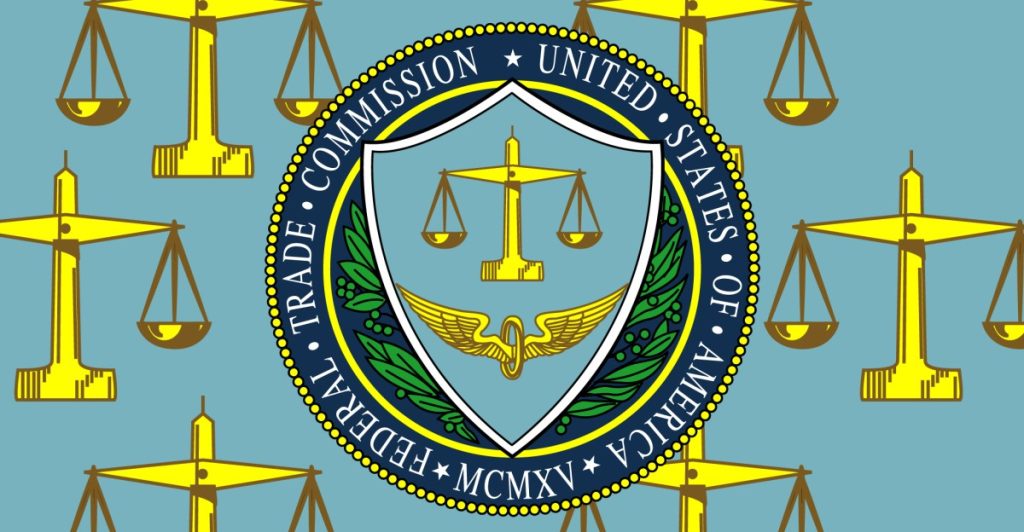Click-to-Cancel Rule Thrown Out: What This Means for Your Subscriptions
The convenience of subscription services, from streaming platforms to meal kits, has become an integral part of modern life. However, the ease with which consumers can sign up for these recurring charges often contrasts sharply with the convoluted and frustrating process of canceling them. The Federal Trade Commission (FTC) attempted to address this imbalance with its “click-to-cancel” rule, aiming to mandate that companies allow customers to cancel subscriptions as easily as they sign up, using the same method. However, a recent court ruling has thrown a wrench into these plans, leaving consumers vulnerable to potentially deceptive “negative option” marketing tactics.
This article delves into the details of the overturned FTC rule, the reasons behind the court’s decision, and the potential implications for consumers navigating the increasingly complex world of subscription services. We will explore the arguments presented by both sides, the procedural missteps cited by the court, and the uncertain future of consumer protection in the subscription economy.
The FTC’s Click-to-Cancel Rule: A Brief Overview
The FTC’s click-to-cancel rule, formally known as the “Negative Option Rule,” aimed to curb manipulative tactics used by companies to trap consumers in unwanted subscriptions. The core principle was simple: if you can sign up for a service online with a single click, you should be able to cancel it online with a single click as well. This would apply to a wide range of subscriptions, from gym memberships and streaming services to online magazines and software licenses.
Specifically, the rule would have required companies to:
- Offer cancellation options that are as simple and easy to use as the signup process. This means if you signed up online, you should be able to cancel online.
- Provide clear and conspicuous disclosures about the terms of the subscription, including the renewal terms and cancellation policies.
- Obtain express informed consent from consumers before charging them for a subscription.
- Offer a simple mechanism for consumers to cancel their subscriptions without undue delay.
- Remind consumers before a free trial converts to a paid subscription
The goal was to empower consumers and prevent them from being subjected to “dark patterns” and deceptive practices designed to make cancellation difficult. The FTC believed this rule would save consumers time, money, and frustration.
The Legal Challenge: Industry Opposition and the Eighth Circuit’s Decision
Unsurprisingly, the FTC’s proposed rule faced strong opposition from industry groups representing companies that heavily rely on subscription revenue. These groups, including cable providers, entertainment studios, advertising companies, and home security firms, argued that the FTC’s rule was overly broad and exceeded its regulatory authority. They claimed that the rule would impose significant compliance costs and stifle innovation in the subscription economy.
These industry groups filed a lawsuit to block the rule, and their efforts proved successful. A three-judge panel for the Eighth Circuit Court of Appeals unanimously ruled against the FTC, vacating the click-to-cancel rule entirely. The court’s decision wasn’t based on the merits of the rule itself – whether it was good or bad policy. Instead, the court found that the FTC had committed significant procedural errors in the rulemaking process.
The court emphasized that the FTC failed to adequately consider the input from stakeholders, effectively depriving them of a “notable opportunity to dissuade the FTC from adopting the Rule as proposed.” In other words, the FTC was accused of rushing the rule through without properly addressing the concerns raised by industry groups and other interested parties.
The court specifically referenced dissents from Republican Commissioners Andrew Ferguson (now Chair) and Melissa Holyoak, who argued that the agency had rushed the process. Holyoak questioned the “race to cross the finish line” and argued that the Democratic majority had missed an opportunity to make useful amendments to the existing rule within the scope of the Commission’s authority. While the court acknowledged that the FTC’s decision to skip certain analyses was not made in bad faith, it concluded that the procedural errors were significant enough to invalidate the entire rule, citing the prejudice suffered by the Petitioners.
The Procedural Errors: What Went Wrong?
To fully understand the court’s decision, it’s crucial to examine the specific procedural errors that the FTC was found to have committed. The Administrative Procedure Act (APA) governs how federal agencies create regulations, and it requires agencies to follow certain steps to ensure transparency and public participation. The APA mandates agencies to issue a Notice of Proposed Rulemaking (NPRM) providing a comprehensive description of the proposed rule and a request for public comment. Additionally, agencies are required to consider public comments and engage with stakeholders to ensure the proposed rule is viable. The Eighth Circuit found that the FTC failed to provide stakeholders with sufficient opportunity to comment on and influence the development of the click-to-cancel rule.
The ruling suggests the FTC rushed the process, limiting stakeholder input and potentially ignoring valuable insights that could have improved the rule’s effectiveness and feasibility. This failure to adhere to proper procedure, according to the court, undermines the integrity of the rulemaking process and justifies vacating the rule.
Implications for Consumers: A Step Backwards?
The overturning of the click-to-cancel rule is undoubtedly a setback for consumer advocates who have long fought for greater transparency and fairness in the subscription economy. Without the rule in place, companies are free to continue using tactics that make it difficult for consumers to cancel unwanted subscriptions.
This could lead to:
- Increased frustration and wasted time for consumers struggling to cancel subscriptions.
- Higher costs for consumers who are unknowingly charged for subscriptions they no longer want.
- A continued lack of transparency in the subscription economy, making it difficult for consumers to make informed decisions.
- Continued manipulative tactics by businesses.
The absence of a federal standard for cancellation processes leaves consumers at the mercy of individual companies’ policies, which can vary widely and often prioritize profit over customer convenience.
The Future of the Rule: A Bleak Outlook?
Given the current political composition of the FTC, with a Republican majority, the future of the click-to-cancel rule appears uncertain. The Democrats who initially championed the rule are no longer with the agency, and the current leadership may be less inclined to pursue similar regulations.
While the FTC could potentially attempt to rewrite the rule and address the procedural errors identified by the court, this would be a time-consuming and resource-intensive process. Furthermore, there’s no guarantee that a revised rule would be any more successful in overcoming legal challenges, particularly given the strong opposition from industry groups.
Another possibility is that individual states could step in to fill the regulatory gap. Some states have already enacted laws aimed at protecting consumers from deceptive subscription practices, and others may be inspired to do so in the wake of the FTC’s setback.
The Broader Context: The Subscription Economy and Consumer Protection
The debate over the click-to-cancel rule highlights the growing importance of consumer protection in the subscription economy. As more and more goods and services are offered on a subscription basis, consumers are increasingly vulnerable to deceptive marketing practices and unfair billing practices.
The ease of signing up for subscriptions can often mask the complexities of the terms and conditions, leaving consumers unaware of renewal policies, cancellation fees, and other potential pitfalls. Furthermore, many consumers simply forget about subscriptions they no longer use, resulting in ongoing charges that can add up over time.
The FTC’s efforts to regulate the subscription economy reflect a growing recognition of the need to protect consumers from these potential harms. However, the legal challenges and political opposition faced by the click-to-cancel rule underscore the difficulty of balancing consumer protection with the interests of businesses.
A Call for Greater Transparency and Fairness
Regardless of the future of the FTC’s specific click-to-cancel rule, the underlying principle remains vital: consumers deserve clear, transparent, and fair treatment in the subscription economy. Companies should prioritize customer convenience and make it easy for consumers to manage their subscriptions, including canceling them without undue difficulty.
Consumers, on the other hand, should exercise caution when signing up for subscriptions, carefully review the terms and conditions, and keep track of their recurring charges. By being proactive and informed, consumers can protect themselves from potentially deceptive practices and make the most of the benefits offered by subscription services.
The overturning of the click-to-cancel rule serves as a reminder that the fight for consumer protection is an ongoing process, requiring vigilance, advocacy, and a commitment to ensuring a level playing field for both consumers and businesses in the ever-evolving marketplace. It also underscores the importance of proper regulatory procedure and thorough consideration of stakeholder input in the development of consumer protection rules. While the immediate future of subscription cancellation regulations remains uncertain, the need for greater transparency and fairness in the subscription economy remains clear.





